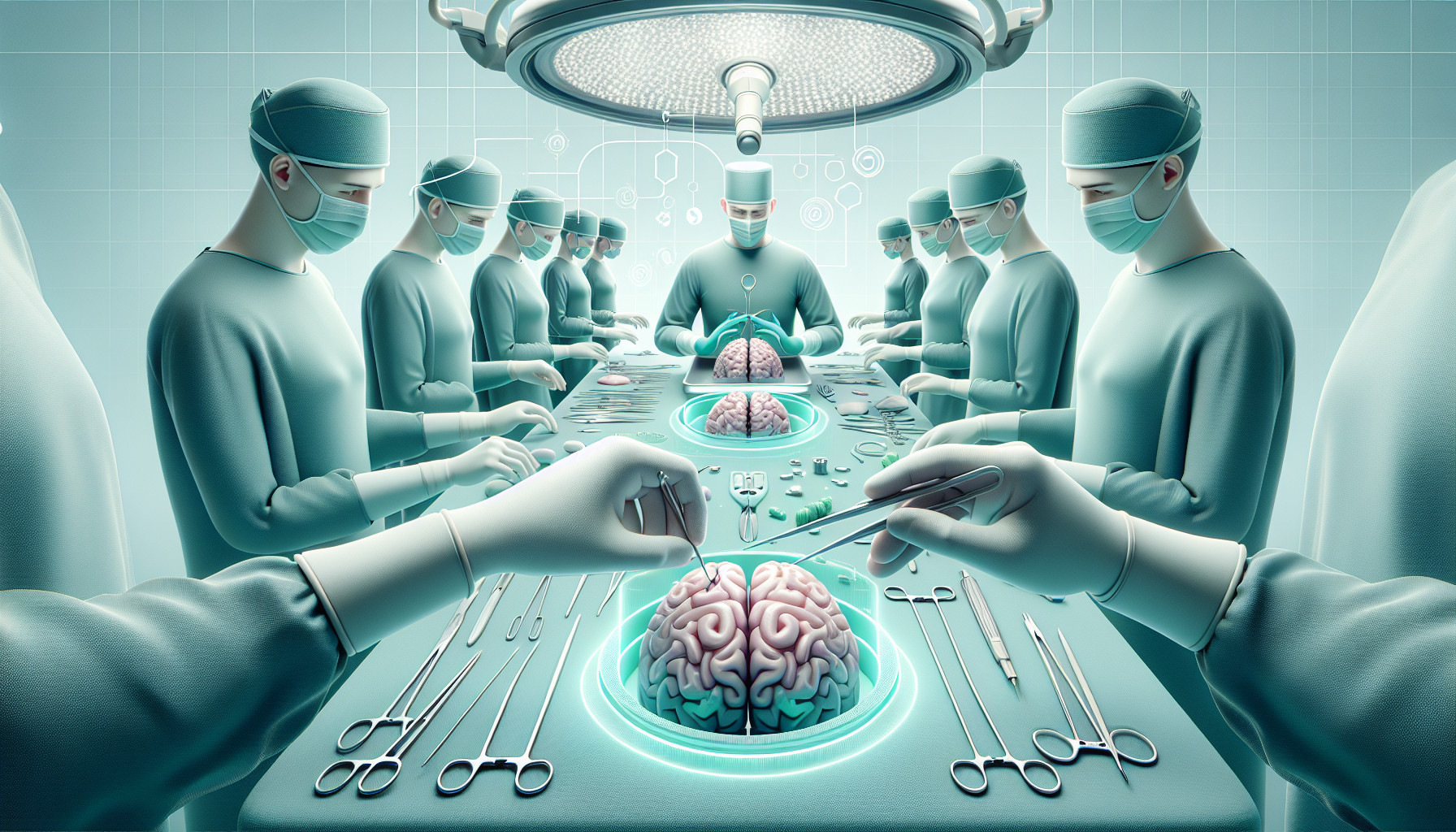Our Summary
The research paper is about a study that looked at how often a medical device, known as a Deep Brain Stimulation (DBS) lead, accidentally moves after being surgically implanted into the brain. This device is used to treat conditions like Parkinson’s disease and other disorders related to brain function. The study found that the device had moved more than expected in over 10% of the patients. This movement caused the treatment to be less effective.
The researchers also identified some potential reasons why this might be happening, including mistakes during surgery, repetitive head movements, and a condition known as ’twiddler’s syndrome’ where patients unintentionally or intentionally manipulate the device. They suggested that changes to the surgical technique and a better way to secure the device could help prevent it from moving in the future.
FAQs
- What is the Deep Brain Stimulation (DBS) lead and what is it used for?
- What were the findings of the research study regarding the movement of the DBS lead after implantation?
- What are the potential reasons identified by the researchers for the movement of the DBS lead?
Doctor’s Tip
A doctor might advise a patient undergoing brain surgery to follow all post-operative instructions carefully, including avoiding excessive head movements and being aware of the potential risks associated with manipulating the device. It is important to communicate any concerns or changes in symptoms to your healthcare provider promptly to ensure proper treatment and care. Additionally, seeking regular follow-up appointments with your healthcare team can help monitor the device’s placement and effectiveness over time.
Suitable For
Patients who are typically recommended for brain surgery include those with neurological disorders such as Parkinson’s disease, essential tremor, dystonia, epilepsy, and obsessive-compulsive disorder. These patients may have tried other treatments that have not been effective, and brain surgery may be recommended as a last resort to improve their symptoms and quality of life. Additionally, patients who have brain tumors, aneurysms, or other conditions that require surgical intervention to remove or treat the abnormality may also be recommended for brain surgery.
Timeline
Before brain surgery:
- Patient undergoes a series of pre-operative tests and evaluations to determine the need for surgery and assess overall health
- Patient meets with the neurosurgeon to discuss the procedure, risks, and potential outcomes
- Patient may need to stop certain medications or follow specific instructions leading up to the surgery
- Patient undergoes brain surgery, where the DBS lead is implanted into the brain
- Patient is monitored closely in the hospital for any complications or side effects post-surgery
After brain surgery:
- Patient may experience pain, swelling, and discomfort at the surgical site
- Patient may need to stay in the hospital for a few days for monitoring and recovery
- Patient may need to follow a strict medication schedule and attend follow-up appointments with their healthcare team
- Patient may need to undergo physical therapy or rehabilitation to regain strength and function
- Patient may experience improvements in their condition over time as the DBS lead begins to take effect
- Patient may need to be vigilant about avoiding activities that could potentially cause the DBS lead to move, such as repetitive head movements
- In some cases, patients may need additional surgeries or adjustments to the device to ensure its effectiveness and stability
What to Ask Your Doctor
- What are the potential risks and complications associated with brain surgery and specifically with the implantation of a Deep Brain Stimulation (DBS) lead?
- How experienced are you and your team with performing this type of surgery?
- What is the success rate of this procedure in treating my condition?
- How long will the recovery process be and what can I expect during this time?
- What steps will be taken to ensure that the DBS lead is securely implanted and will not move after surgery?
- How will the device be monitored after surgery to detect any potential movement or issues?
- Are there any specific factors or behaviors that could increase the risk of the device moving, such as repetitive head movements or ’twiddler’s syndrome'?
- What changes can be made to the surgical technique to reduce the risk of the device moving in the future?
- What signs or symptoms should I watch out for that may indicate the device has moved or is not working properly?
- What is the plan for follow-up care and monitoring after the surgery to ensure the device is functioning correctly?
Reference
Authors: Morishita T, Hilliard JD, Okun MS, Neal D, Nestor KA, Peace D, Hozouri AA, Davidson MR, Bova FJ, Sporrer JM, Oyama G, Foote KD. Journal: PLoS One. 2017 Sep 13;12(9):e0183711. doi: 10.1371/journal.pone.0183711. eCollection 2017. PMID: 28902876
